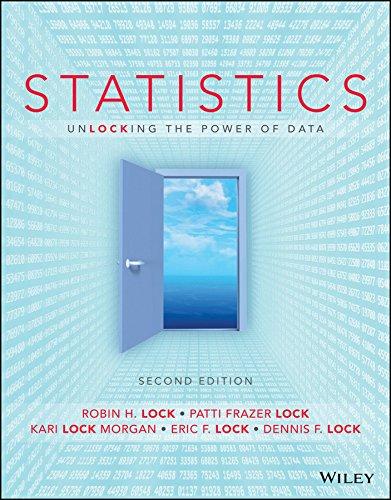This is actually a paired data situation (since each person was measured before and after eating organic),
Question:
This is actually a paired data situation (since each person was measured before and after eating organic), so we create a new variable, the differences in pesticide concentration, by taking pesticide concentration for a particular pesticide before eating organic (on say, the first day of the week) minus pesticide concentration after eating organic. Because this is now a single quantitative variable to analyze, we are interested in inference for just a single mean, the average difference in pesticide concentration. A bootstrap distribution for the mean of the differences for the pesticide 3-PBA was created, and some of the percentiles for this distribution are given in Table 3.14.
(a) Give the \(99 \%\) confidence interval.
(b) Interpret this interval in context.

Pertain to a 2015 study which took a Swedish family that ate a conventional diet (non-organic), and then had them eat only organic for two weeks. Pesticide concentrations for several different pesticides were measured in \(\mu \mathrm{g} / \mathrm{g}\) creatinine by testing morning urine. Multiple measurements were taken for each person before the switch to organic foods, and then again after participants had been eating organic for at least one week. The results are pretty compelling, and are summarized in a short video which as of this writing has had over 30 million views online. The data are visualized in Figure 3.31 for eight different detected pesticides, and can be found in OrganicEffect. How do pesticide levels in the body differ after eating organic versus non-organic?

Step by Step Answer:

Statistics, Enhanced Unlocking The Power Of Data
ISBN: 9781119308843
2nd Edition
Authors: Robin H Lock, Patti Frazer Lock, Kari Lock Morgan, Eric F Lock, Dennis F Lock





